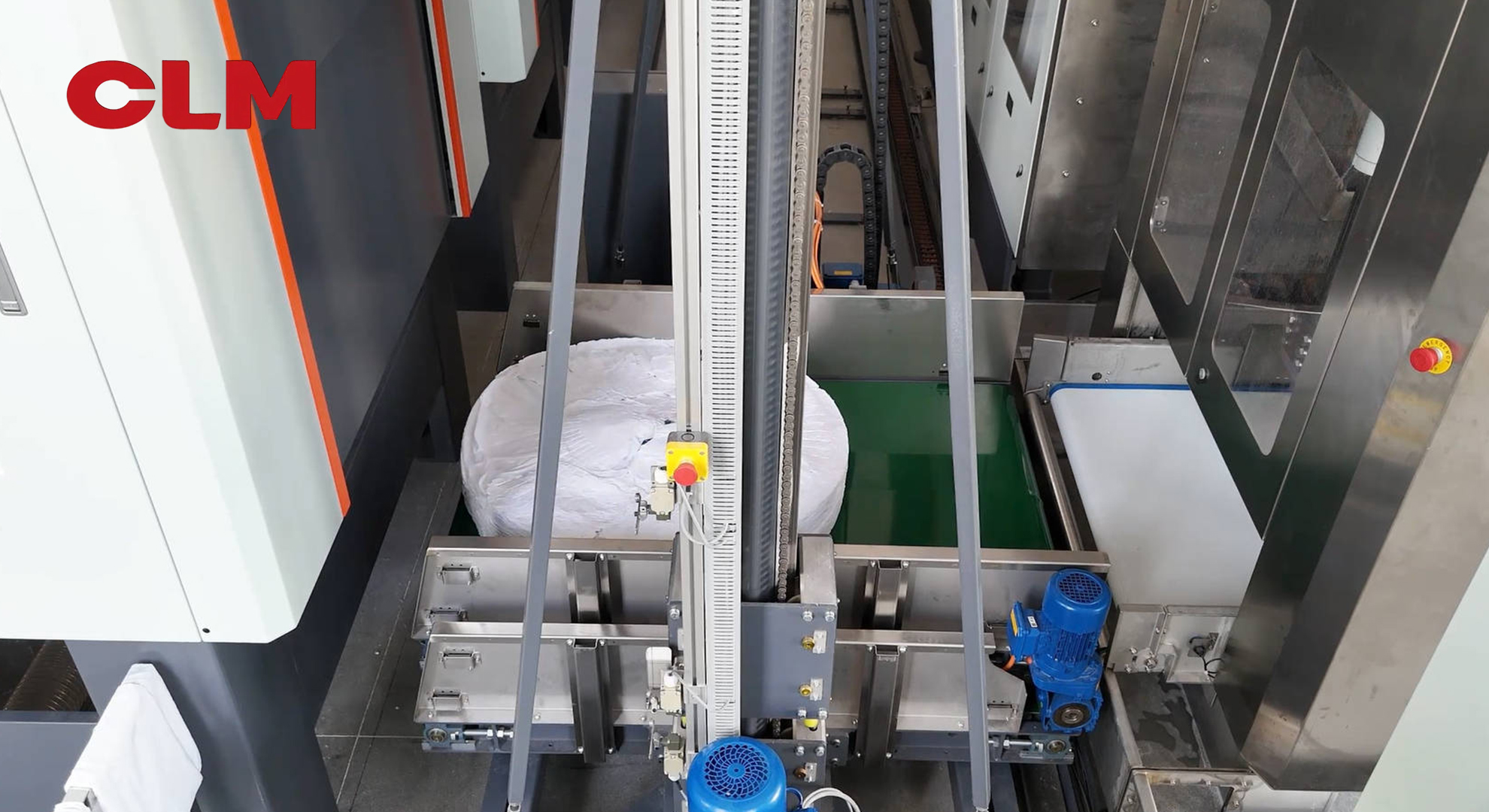In the hotel linen laundry industry, ensuring the quality of the linen is key to ensuring service quality and improving customer satisfaction. However, many laundry industry practitioners have misconceptions about linen quality, which affects both the hotel’s purchasing decisions and the business operation of the laundry company.
Misunderstanding 1: Thicker Fabrics = Better Quality?
The truth is, the thick fabrics may have a loose inner fiber structure and a poor comfort level due to their low thread count. After multiple washings, the linen may easily deform or wrinkle. In contrast, though the fabrics of a high thread count have a higher cost, they can bring a better user experience for the hotel guests because of their good quality. In the long-term operation, it is more cost-effective. For a hotel linen laundry company, when treating fabrics with a high thread count, they should pay attention to their characteristic of softness and choose mild detergents and appropriate washing programs to avoid damaging the fabrics because of wrong operation.
When people purchase the linen, there is a useful skill. That is, looking for the label of high thread count and high density. Taking parameters like “40×40/128×68” as an example, the first part “40×40” represents the warp and weft yarn counts, while the latter “128×68” indicates the warp density and weft density. Generally, the larger the value of “thread count × density”, the higher the quality of the fabric. This value comprehensively reflects the thickness of the yarn and the tightness of the fabric. Fabrics with high thread count and high density can effectively block the intrusion of dust and stains, while maintaining good breathability and extending the service life of the linens.
Misunderstanding 2: A Stiff Fabric = High Quality?
Some people think the linen with stiff fabrics is more sophisticated and don’t know there may be industry tricks behind it. To create the thickness and the stiffness of the linen, some laundry plants use sizing. When people use the linen after sizing for the first time, the crisp texture and the thickness are all good. However, after being washed in the water, the linen returns to its original soft status and loses the crisp texture because the size dissolves rapidly. In this way, the sizing becomes a one-time effect method.
Truly high-quality fabrics themselves have good maintenance of the shape by virtue of the standard yarn count density, and don’t need to rely on the sizing process. These kinds of fabrics are often treated with a softener to make the fibers more supple and make the hand feel more comfortable. Even after multiple washings, the fabrics can still maintain a good texture. When collecting linen, if the hotel linen laundry company finds that the linen has a strange stiffness, they should ask the suppliers whether the linen has undergone the mercerization process treatment. The mercerization process uses a chemical method to treat the cotton textiles, which can increase the luster and the strength of the fabrics in the long term. The linen with excessive sizing not only easily deforms after washing but also has a bad impact on the washing effect due to the size residues, which increase the difficulty of washing and costs as well. As a result, refusing to purchase “disposable” fabrics with excessive sizing is an important step in ensuring the quality of linen and the quality of washing services.
Misunderstanding 3: Shiny Fabrics = Chemical Fibers?
In daily life, when many people see shiny fabric, they first think it is a chemical fiber. Actually, this is a misunderstanding about mercerization. After the cotton textiles undergo mercerization treatment with chemical agents such as caustic soda, the fiber structure changes, and the surface becomes smooth and flat, which can reflect the light more evenly so as to naturally have a soft luster. This has no direct relation to whether the fabric itself is a chemical fiber or not.
In textile processing, calendering and mercerizing are easily confused. Calendering is using heavy mechanical pressure to make the surface of the fabrics flat and smooth so as to have luster. However, this luster effect easily fades after multiple water washings, and the hand feel of the fabrics is hard. Mercerizing is a chemical treatment. It not only gives the fabrics lasting luster but also improves the strength, moisture absorption, and dyeing performance of the fabric, making the cotton textiles both have beauty and practicality. When treating the mercerizing cotton fabrics, the hotel linen laundry company should know its characteristics and avoid damaging the mercerizing effect. In the link of processing, don’t blindly determine the linen with soft and even luster as chemical fibers. The fabric may be high-quality cotton textiles that have undergone mercerization. This kind of linen has a great performance in comfort level and durability, which can provide a better service experience for the hotel.
Conclusion
After precisely understanding the connotation of the linen quality and avoiding the above common misunderstanding, both hotels (purchase linen) and linen laundry companies (wash linen) can more precisely master the key to quality and improve the overall service level of the laundry industry and hotel industry, which brings a more high-quality and more comfortable accommodation experience.
Post time: Sep-04-2025



